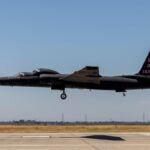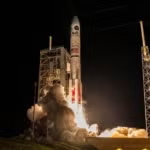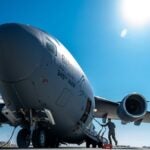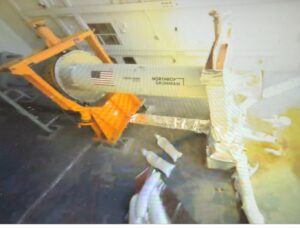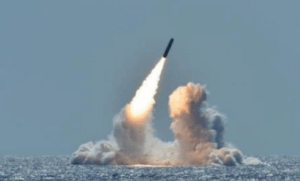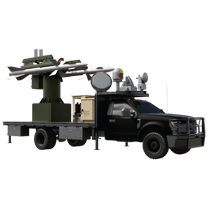
The National Nuclear Security Administration (NNSA) announced last week it completed a pair of flight tests on non-nuclear components of the B61-12 nuclear gravity bomb near the Nevada National Test Site.“The tests involved releasing a B61-12 non-nuclear test assembly, which includes the NNSA designed bomb assembly and U.S. Air Force acquired tail-kit, from a B-2A Spirit Bomber operated by the 419th Test & Evaluation Squadron at Edwards Air Force Base in California,” the agency said in a press release Friday.The…

 By
By 